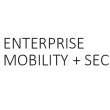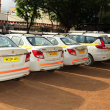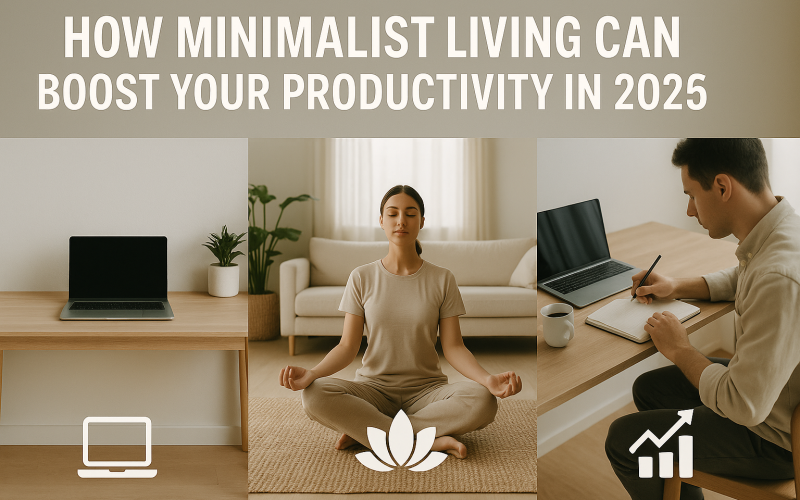Introduction
In 2025, many people seek ways to work smarter, not harder. Minimalist lifestyle offers a clear path. By trimming away excess, you free up time, energy, and mental space. This approach can boost productivity in almost every area of life.
Imagine a clutter-free desk, a simple daily routine, and fewer digital distractions. You can focus on tasks that matter most. Studies show that a clear environment reduces stress and improves concentration. In this article, we dive into the principles of minimalist productivity and share practical productivity hacks you can use today.
What Is Minimalist Living?
Minimalist living means owning fewer items and focusing on essentials. It is not about deprivation. Rather, it is about choosing quality over quantity. Minimalists keep what adds value to their lives—no more, no less.
Applying this mindset to work and home creates calm. You spend less time searching for things and more time doing meaningful work. Over time, this simplicity boosts efficiency and frees you from decision fatigue, a key barrier to boost productivity.
How Decluttering Lifts Mental Load
A cluttered space leads to a cluttered mind. When your desk is piled high with papers and gadgets, your brain juggles too many visual cues. Decluttering clears these cues, making it easier to focus.
Start by removing items you haven’t used in the last month. Keep only tools and documents you need daily. A tidy workspace reduces stress and jumpstarts your daily routines with clear intent. This simple step forms the foundation of minimalist productivity.
Declutter Your Workspace for Clarity

A tidy desk sets the stage for clear thinking. Begin by removing items that don’t serve your daily work. Keep only your computer, a notebook, a pen, and perhaps one meaningful item like a plant or photo. Store reference materials, files, and rarely used gadgets in drawers or a nearby shelf.
Adopt a one‑touch rule: when you pick up a paper or book, decide immediately whether to read it, file it, or discard it. This prevents piles from forming. Use cable organizers to hide cords and charge devices out of sight. Choose a simple desk lamp and a clean mouse pad to minimize visual clutter.
Digital clutter also undermines focus. Close unused browser tabs, organize desktop files into dated folders, and clear your email inbox at the end of each day. A clean workspace—both physical and digital—signals to your brain that you’re in work mode. You’ll find tasks flow more smoothly and you waste less time hunting for tools or information.
Simplifying Daily Routines
Complex schedules drain energy. Minimalism in routines means planning only key tasks each day. Use time-blocking to assign specific slots for work, breaks, and personal care.
For instance, set a morning routine of exercise, a healthy breakfast, and a 10-minute planning session. In 2025, apps support this with reminders and habit tracking. A simple, consistent routine reduces decision fatigue and keeps you on track.
Digital Minimalism: Cutting Online Clutter
In our connected world, digital clutter can overwhelm. Digital minimalism means unsubscribing from unnecessary emails, deleting unused apps, and organizing files.
Turn off non-essential notifications to maintain focus. Group related apps into folders and clear your home screen regularly. When you need to work, close social media tabs and use website blockers if needed. A lean digital environment is key to sustaining minimalist productivity.
Mastering Mindset for Minimalist Productivity
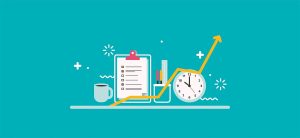
A minimalist mindset values simplicity and purpose. Before taking on a new project or buying a new tool, ask: “Does this align with my main goals?” This question helps you avoid distractions and focus on high-impact tasks.
Write down your top three priorities for the week. Review them daily. When you adopt a minimal mindset, you learn to say no to low-value activities. This shift alone can boost productivity dramatically.
Time Management Through Minimalism
Good time management and minimalism go hand in hand. Fewer tasks on your list means you can give each your full attention. Use the Pomodoro Technique—25 minutes of focus followed by a five-minute break—to maintain energy.
Batch similar tasks to avoid mental context-switching. For example, respond to all emails in one 30-minute slot instead of scattered checks throughout the day. This minimalist approach to time management saves hours of lost productivity.
Minimalist Workspace Organization
Your workspace should reflect your minimalist goals. Invest in a few quality tools: a reliable laptop, a clear desk mat, and minimal stationery. Store extra items in labeled drawers.
A plant or single photo adds warmth without clutter. Keep cables managed with clips or sleeves. This minimalist living environment helps you dive into work faster and stay on task, further boosting your focus.
The Role of Essential Tools Only
Minimalism isn’t about avoiding tools but selecting the best ones. Choose software that covers multiple needs—like an all-in-one note-taking and task app—rather than juggling many single-purpose apps.
Physical tools matter too. A good notebook and pen can replace dozens of sticky notes. A high-quality water bottle ensures you stay hydrated without cluttering your desk with disposable cups. This tool selection aligns with minimalist productivity principles.
Simplifying Meetings and Communication

Meetings can eat up hours. A minimalist approach sets clear agendas and time limits. Invite only essential participants. Stand-up or 15-minute “sync” meetings keep discussions concise and productive.
For communication, use a single platform—email, Slack, or Teams—to avoid scattering messages. Organize channels by project and mute off-topic threads. Streamlined communication saves time and reduces cognitive load.
Minimalist Meal Prep for Peak Performance
What you eat matters for your energy and focus. Simplify meals with batch cooking. Prepare a few healthy dishes on Sunday and portion them for the week.
Choose balanced meals with lean protein, whole grains, and vegetables. Use simple seasoning to keep flavors fresh but preparation easy. This minimalist living kitchen approach ensures you never skip meals or resort to junk food, maintaining steady energy levels for productive work.
Managing Personal Finances Simply
Financial stress distracts from work. Minimalist finance means automating bills and savings. Set up automatic transfers to savings and investment accounts.
Consolidate credit cards to one or two with the best rewards. Use budgeting apps to track spending in broad categories, not dozens of line items. This big-picture approach eases mental load and clears your mind to focus on your main goals.
Digital Detox for Renewed Focus
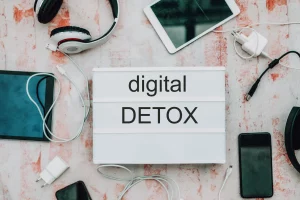
Regular digital detox sessions help reset your brain. Choose one hour each evening to turn off screens. Spend time reading, walking, or talking with friends and family.
On weekends, try a half-day offline to immerse yourself in nature or a hobby. Reducing screen time combats mental fatigue and renews your capacity to focus on work tasks during the week.
The Power of Single-Tasking
Multitasking divides your attention and slows progress. Minimalism encourages single-tasking—focusing on one task until completion.
Use a timer to commit to a single task for a set period. This method prevents jumping between tasks and keeps momentum. Over time, single-tasking leads to deeper work and higher-quality results, aligning with minimalist productivity.
Building a Minimalist Digital Filing System
Messy files and folders waste time. Create a minimalist filing system with clear, consistent naming. For example, “ProjectName_DocumentType_Date.”
Keep only active projects in your main folders. Archive old files yearly. Back up automatically to cloud storage. A tidy digital workspace saves precious minutes each day you would otherwise spend searching.
Cultivating Healthy Work-Life Balance
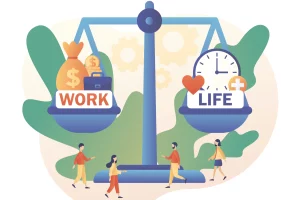
Minimalism extends to your schedule. Block off personal time, exercise, and rest in your calendar just like a work meeting.
Learn to say no to extra work that doesn’t match your priorities. Use minimal evening routines—like journaling and light stretching—to unwind. Balancing work and life nurtures well-being and maintains long-term productivity.
Table: Minimalist Productivity at a Glance
| Aspect | Action | Benefit |
|---|---|---|
| Workspace | Clear desk, quality tools | Faster task start, less stress |
| Routine | Simple morning ritual, time-blocking | Steady energy, fewer decisions |
| Digital Environment | Unsubscribe, close unused apps | Improved focus, fewer distractions |
| Meetings & Communication | Clear agendas, short stand-ups | Saved time, sharper decisions |
| Meal Prep | Batch cooking, balanced portions | Stable energy, better health |
| Finances | Automate bills, broad categories | Reduced mental load, less stress |
| Work-Life Balance | Schedule personal time, set boundaries | Sustained well-being, creativity |
Conclusion
In 2025, minimalist living offers more than a tidy home—it powers minimalist productivity. By streamlining your space, routines, and tools, you boost productivity and reduce stress. Focus on essentials, embrace single-tasking, and automate what you can.
Simplify your schedule, meals, and digital life. Each small change frees mental energy for meaningful work. Start today by decluttering one area of your life and notice the boost in focus and calm.
Call-to-Action (CTA): Ready to transform your productivity? Download our free Minimalist Living Productivity Guide and start simplifying today!


